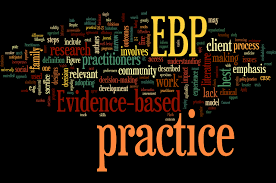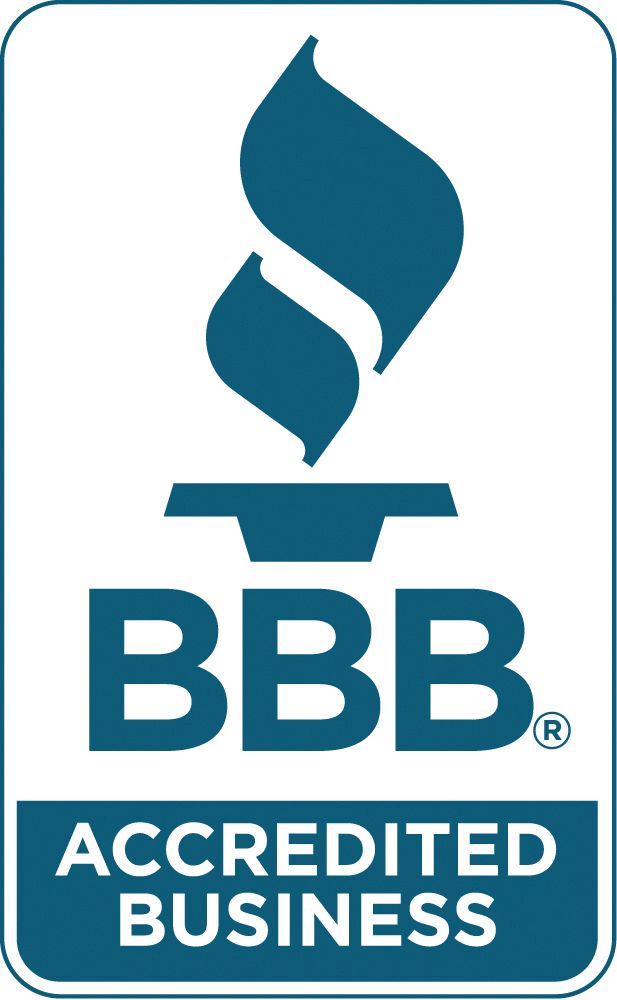Repairing Your EBP Problem
Assessing evidenced-based practices yearly ensure their effectiveness.

Leadership in behavioral health organizations often requires the implementation of at least one evidence-based practice (EBP), generally designed to enhance clinical outcomes or fulfill funding obligations stipulated by government contracts. Considerable resources are usually allocated for training staff in these practices, whether through dedicated “train the trainer” programs or by sending team members for specialized instructional sessions.
Although an EBP may be operational within an organization, it does not always produce the expected results. This scenario is relatively common in behavioral health settings nationwide. Historically, skeptics of EBPs have voiced concerns regarding issues like the lack of traditional treatment protocols and the ethical or cultural implications. However, these criticisms are not the primary causes of the current difficulties. More relevant factors include staff turnover, the ongoing costs associated with maintaining the practice, challenges in ensuring adherence among staff, the stress staff experience in conducting them, difficulties in tracking outcomes, and high rates of client dropouts.
Addressing these problems often entails seeking support for the EBP. The issues may not stem from the EBP itself, but rather from its perception of the organization. Initial steps should involve organizing discussions with clinical and program directors to confront these challenges. Subsequently, an evaluation should be conducted to ascertain whether the EBP will continue to be implemented, often dictated by contractual requirements, or if it should be phased out.
Even if staff members express favorable views about the EBP, assessing its associated costs and consequences remains critical. Collecting staff feedback on their intent to stay or leave in light of decisions regarding the EBP can provide insights into turnover expenses. Furthermore, considerations such as the necessity for staff retraining or enhanced supervision to ensure adherence to the model should be addressed. Additionally, evaluating the staff's effectiveness in engaging clients is crucial, as clients receiving both EBP and non-EBP services may discontinue their sessions if they do not establish a strong connection with their clinician.
To alleviate some of these challenges, obtaining informed consent at the beginning of sessions is essential, as it educates clients about the risks and benefits of the EBP. Moreover, proper screening at the outset is vital to determine whether clients meet the eligibility criteria for the practice, ensuring their symptoms are severe enough to gain from the EBP without being too severe to necessitate more intensive crisis intervention support.
Assessing costs, matching clinicians and clients to the correct EBP, ensuring fidelity, and evaluating sustainability plans must be done yearly to keep the EBP effective with clients.




